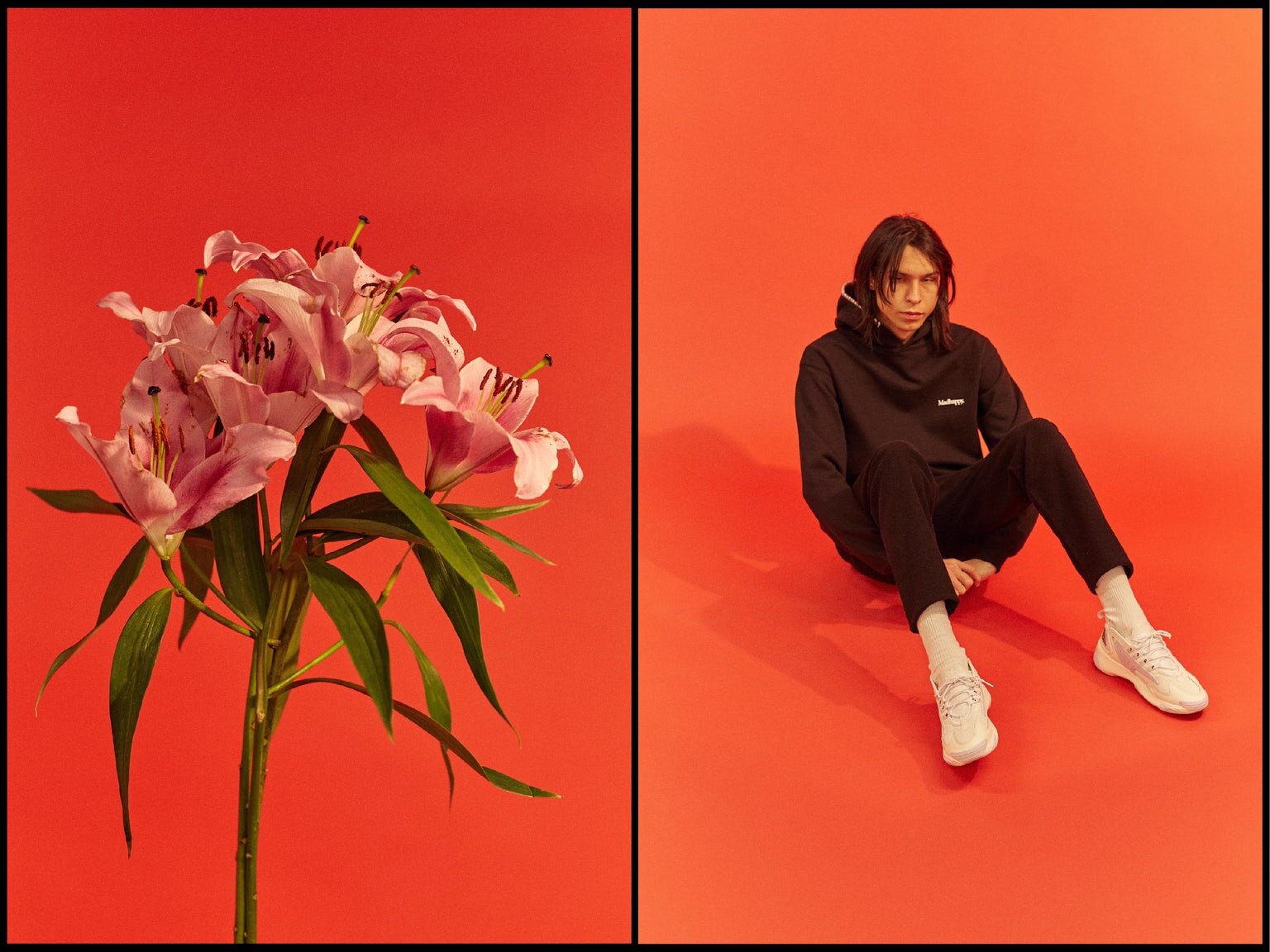In 2019, Madhappy, a streetwear label, received 1.8 million dollars of funding from LVMH. LVMH is a massive luxury consignment carrying brands such as Loewe, Rimova, Louis Vuitton, Celine, etc. — all high fashion, exclusive and expensive brands. Madhappy is a conspicuous outlier in this assortment of LVMH's brands as its product selection consists of sweatpants, hoodies, and t-shirts — hardly couture. This raises the question of how Madhappy managed to distinguish themselves in an oversaturated streetwear market and catch LVMH's attention.
Madhappy was founded in 2017 by four high school friends who wanted to create a brand that could spread a positive message to its consumers. The founders felt that people would resonate with this name, especially because they wanted to make positivity, Mental health, and optimism a central pillar of their identity.
Their first launch was discrete, offering only a couple of hoodies, t-shirts, and a hat. The only support they had was from friends and family. While it was online, the founders were aware that an essential part of fashion is letting customers see and touch the clothes, and thus they wanted to have more than just an online presence. This led to the launch of Madhappy pop-up stores just a month after the first launch. They hosted their launch party in LA, which allowed the brand to get a lot of exposure as people started talking about them, posting about them, and celebrities started wearing their hoodies. Equally, onlookers were intrigued by the name and the brand's identity. Beyond this, Madhappy made their hoodies recognizable by having distinct stitching on the hoods. This gave the brand even more momentum, showing us that one of the crucial elements for launching a brand is having a strong brand identity that distinguishes it from the competition.
The success of the initial pop-up provoked the company to continue. While brands usually only start having pop-ups when their brands are more developed and have a recognizable name, Madhappy decided to go the unconventional route and opened their first pop up a month into their brand's launch as mentioned before. After LA, their next pop-up was located in the Meatpacking District in New York. By 2019, Madhappy already had 11 different stores. Their store locations were aligned with their current collection and always located in young and fun neighborhoods. The success of their pop-ups meant that they could keep them open for longer. Two years after their launch, their stores began to stay open for at least two months. Additionally, with the funding received from LVMH, Madhappy now also has the financial means to run multiple pops up at once.
Beyond this, Madhappy is still rooted in its mission to raise awareness of mental health's importance. In terms of social media, this can be controversial as this medium is often the origin of insecurities. Nevertheless, Madhappy has made its online presence committed to spreading positive and optimistic messages. They also started a blog devoted to mental health to help viewers find advice and resources.
Madhappy has been hugely successful amongst young people and has a large celebrity following without paid endorsements. Celebrity approval today is one of the most effective ways to gain new customers. Nevertheless, while the founders think celebrity approval has helped their overall success, they likewise believe that many people who buy their products understand and are aligned with the brand's message.
Lastly, with the backing of LVMH, Madhappy has been able to open up new business avenues, such as expanding faster internationally or specific partnerships. The company is only three years old now, so the founders feel that there is still a lot to learn; LVMH is an excellent resource for this.
Featured image via











